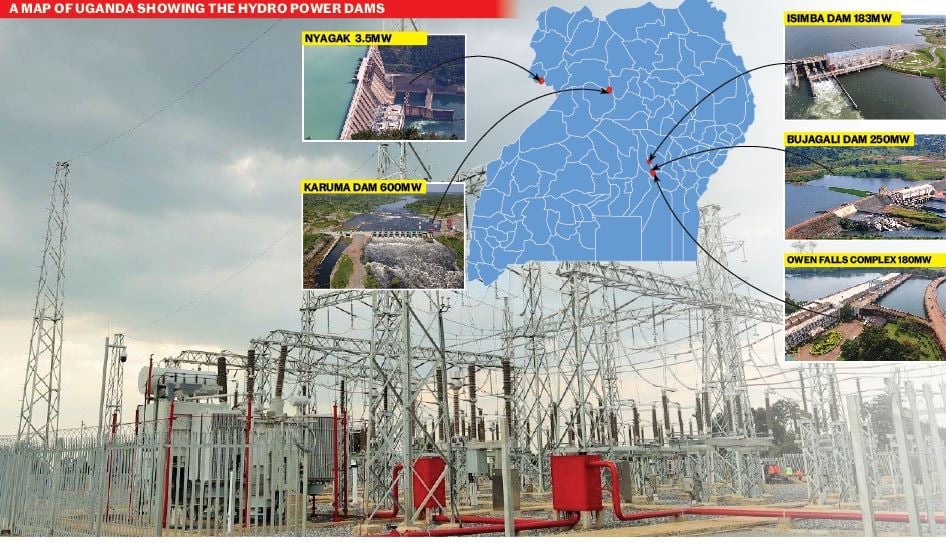Prime
Power tariffs: A matter of delicate balance

What you need to know:
The government’s priorities in the energy sector include finding ways to lower the cost of power and increase electricity access and demand, focusing on economically productive energy uses, particularly in the agricultural industry
On Wednesday, August 14, Ms Olive Atuhaire authored the Letter of the Day titled “Power Up Ugandans with Lower Tariffs” that this newspaper published.
The author argues that the government should reduce domestic power rates at the same time expand access, and clean cooking fuels and technologies, improving energy efficiency, and increasing the share of renewable energy by 2030.
The government’s priorities in the energy sector include finding ways to lower the cost of power and increase electricity access and demand, focusing on economically productive energy uses, particularly in the agricultural industry. The electricity tariff structure undergoes reviews following the principles of cost recovery and affordability.
For example, there is the Lifeline (Social) Tariff category where the first 15 units cost Shs250 per unit to take care of the vulnerable community. The cooking tariff, where domestic consumers pay Shs412 (between the 81st to 150th units), is an incentive to displace charcoal and other biomass sources of cooking fuel by lowering the cost of electric cooking compared to cooking using charcoal in homes. More affordable tariff structures are demonstrated in the different electricity consumer categories.
The efficient pricing of electricity is central to a well-functioning electricity sector. Power pricing guides investment decisions and is critical for cost recovery. It also signals to users the cost of marginal consumption and should ideally encourage the optimal utilisation of installed capacity.
But, achieving efficient power pricing is easier said than done. The power sector is associated with substantive upfront fixed costs, and capacity utilisation takes many years. Beyond that, costs vary across times of the day (peak/off-peak), seasons (dry/rainy), users (residential/commercial), and geographic areas (urban/rural), which should be taken into consideration when setting prices that promote efficient use.
Policymakers and regulators also face a conflict between promoting economic efficiency and societal well-being. For example, if income-challenged groups are to enjoy the benefits of power provision, policymakers must set affordable tariffs below production costs or introduce an explicit subsidy regime. In defining tariff structures, policymakers must balance the financial sustainability of the sector on the one hand and the well-being of various segments of society on the other.
Therefore, getting electricity tariffs right is a critical question for every policymaker, and there is no one answer. It is a matter of delicate balance. Moreover, while the price of domestic power is a factor to consider, it is just one piece of the puzzle in affordability concerns and choice of energy.
Ibrahim E. Kasita is the principal stakeholder engagement officer of Electricity Regulatory Authority.




